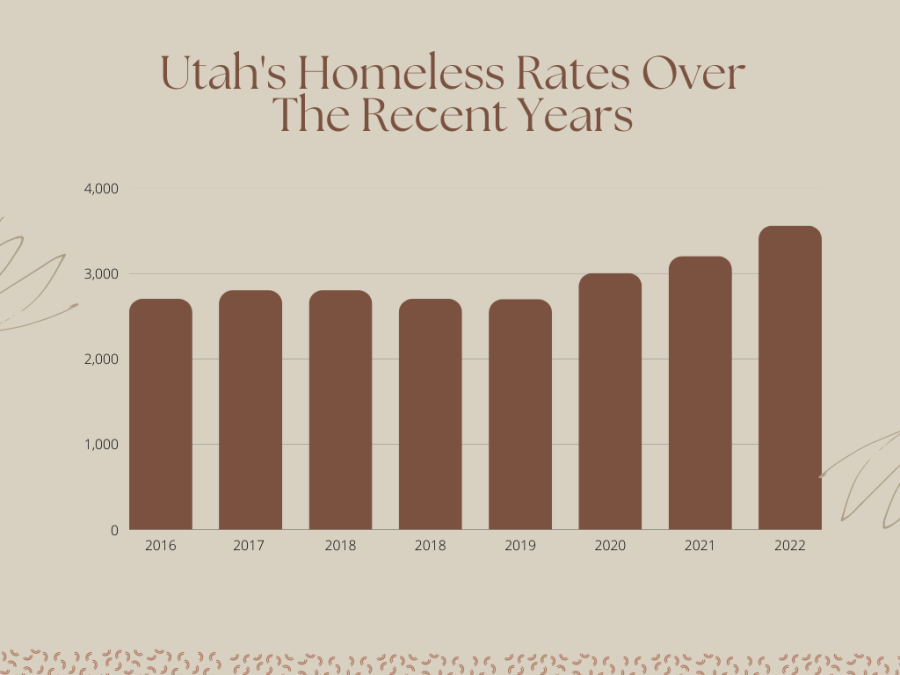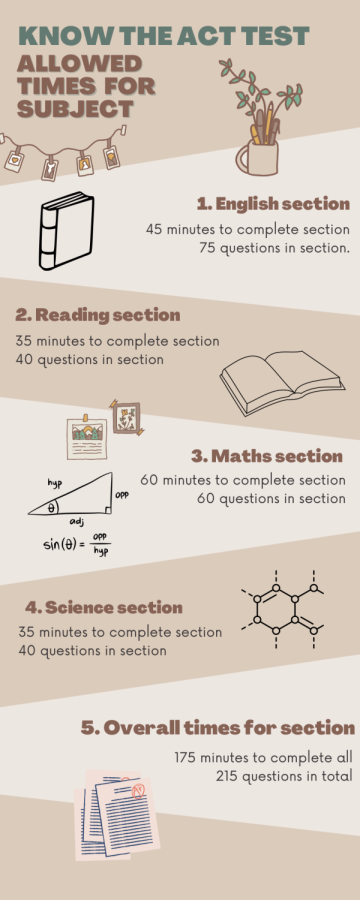The Great Salt Lake Is Drying Up; Why Students Should Care
March 20, 2023

According to environmental scientists, excessive water use on top of climate change will cause the Great Salt Lake to dry up “within years” unless extraordinary action is taken, according to an article published in The Guardian.
“The lake had lost approximately 73% of its water and 60% of its surface area; over half of its entirety. There are many risks that come with this environmental catastrophe, including that the land both humans and animals live in will become toxic and unlivable, ” Maanvi Singh, a writer for The Guardian, wrote. Even though this environmental bomb is about to blow, not many people know the full ramifications.
“It is one of the most prominent worries I have right now for the state of Utah,” Mark Wahl, a science teacher, said.
Once the water dries up, toxic dust mixed with metals will be exposed to the air, which can lead to soil degradation, snow melt, and multiple health risks such as respiratory conditions, heart and lung disease, and cancer.
According to scientists, the wealthy and suburban areas of Utah will be the most affected by the dust storms, “but it is also a concern for anyone who has had environmental disparities on Salt Lake’s west side,” according to Evan Bush, a reporter for NBC News.
Just like humans, wildlife is also being threatened by toxins entering the land they call home.
“I am worried about the impact that it will have on the diverse life that we have in the Lake,” Wahl said, “It is a problem that has many facets.”
Wildlife is already being adversely affected by the threat to their habitat:
“The lake’s water has now become too salty for brine flies, and millions of migratory birds lost their water and food supply and are now facing habitat loss. Many lake creatures, like flies and shrimp, won’t be able to survive much longer due to potentially inedible algae,” Stephanie Safdie, a reporter for Greenly Earth clarified.
The most immediate solution identified by scientists and professionals is to use less water.
According to the Washington Post, “Utah’s new conservation laws have increased stream flow to the Great Salt Lake by less than 100,000 acre-feet in 2022,” which is only a fraction of what is needed to bring the Lake back to a healthy level. Up to 50% of Utah’s water use would need to be cut off to take charge of this environmental problem.
Granite district utility data showed that “more than 778 million gallons of metered water,” were used in 2014, according to the Salt Lake Tribune . From school to work to home, Utah has a problem with excessive water usage.
There are ways students can help, though. If everyone makes an effort to use less water at school and at home, that will make a difference. There are many ways to reduce water-usage, such as adjusting sprinklers so that they don’t spray unnecessary locations like the pavement, and fixing leaking pipes to reduce water waste, well as taking shorter showers and baths. For more information on the topic of water conservation, visit utahrivers.org.
Despite the fact that this is an environmental emergency, many people are still cautiously optimistic that the problem can be resolved if action is taken quickly.
“I don’t think we are past a point of no return yet, “Candice Hasenyager, director of the Utah Division of Water Resources, said.
















